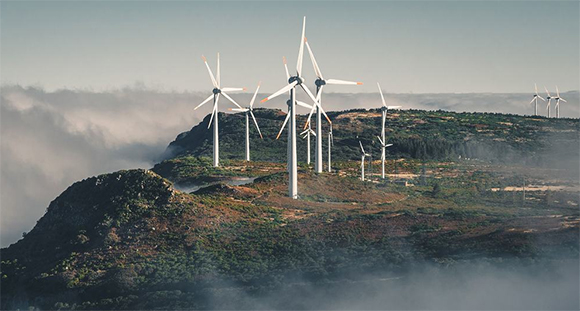Key measures include ending coal use and zero-emission electricity generation by 2035 in all developed countries and by 2040 in the rest of the world. Photo: UN News.
Soaring fossil fuel prices and fears about energy security have boosted the solar and wind power sector, which could add an installed capacity of 440 gigawatts by 2023, the Paris-based International Energy Agency (IEA) said.
That's up a third from 2022 and brings global installed capacity to 4,500 gigawatts, roughly the total energy output of the United States and China, it said.
"The global energy crisis has shown that renewables are crucial, not only to make the provision of energy cleaner, but also safer and more accessible," said IEA Executive Director Fatih Birol, who acknowledged that "governments are responding with efforts to install them more quickly."
According to the IEA, about two-thirds of the increase in renewable energy capacity this year will come from photovoltaics (PV), with the significant multiplication of both large-scale solar farms and installations on consumers' rooftops.
The IEA said it is also increasing manufacturing capacity for PV components, particularly in China.
Birol warned that electricity grids nonetheless need to be upgraded and expanded, given the intermittent nature of solar and wind, which requires a fundamentally different approach by grid operators compared to existing coal and gas-based plants or nuclear ones.
Experts have pointed out that the goal of the Paris Agreement (to limit the temperature rise to 1.5 °C compared to pre-industrial levels) requires reducing emissions by half by 2030 and to "net zero" by mid-century.
The International Renewable Energy Agency has called for further increased investments in solar and wind power. The countries will discuss an international target for renewable energy development at the UN climate conference (COP 28), scheduled from November 30 to December 12 in Dubai.
Global wind energy industry forecasts accelerated growth from 2023
Wind and solar set generation records in 2022
IPCC Climate Change Study 2023: Emissions Needed to Be Halved by 2030
(With information from AP)
